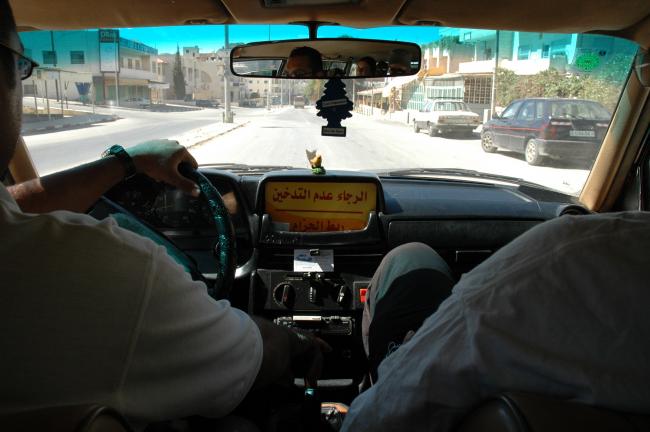Driver sleepiness detection in real driving situations, a pre-study
Background: A large number of accidents are due to the driver falling asleep. Thus detecting drowsiness on drivers is an important challenge within to improve safety. Among the different types of measurements physiological measurements start changing at the earliest stage of drowsiness. Purpose: Investigating, in real driving situations, the relationship between physiological signals that can potentially be contactless measured, i.e. Heart Rate (HR), Heart Rate Variability (HRV) and Respiration Rate (RR), and driver sleepiness. Materials and methods: A database containing physiological, vehicle based and behavioural data of real driving situations on public roads. It will be analysed with standard statistics methods. Expected results: Assessment of the relationship between physiological measurements and driver sleepiness as well as implementation of algorithms that effectively predict the sleepiness state of a driver using the vitals, HR, HRV and RR.

Short facts
FFI
SAFER, Chalmers, Autoliv, VTI
A59